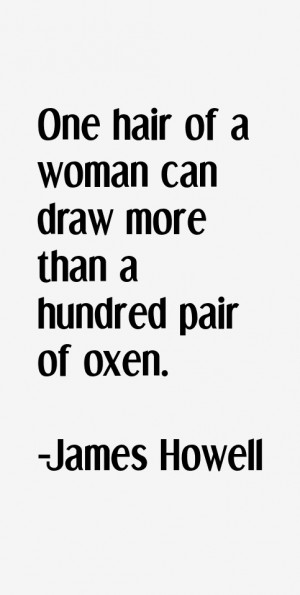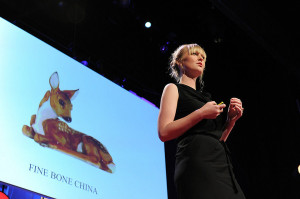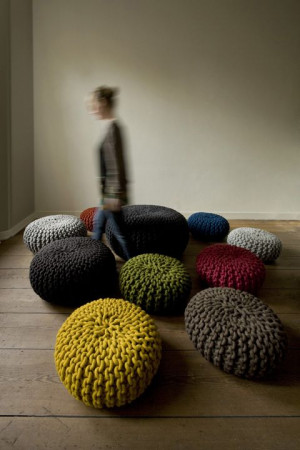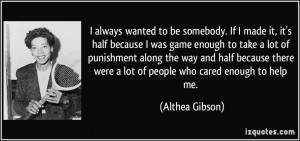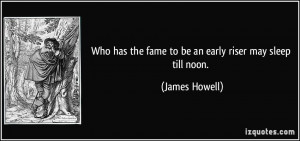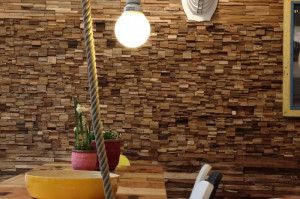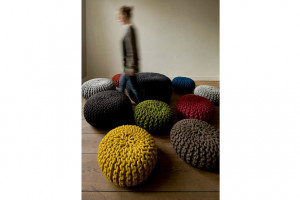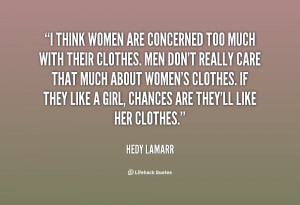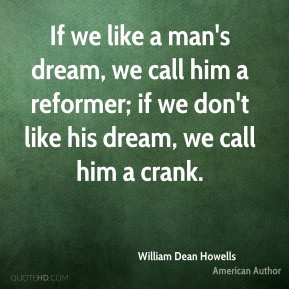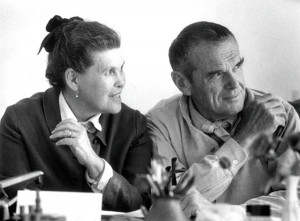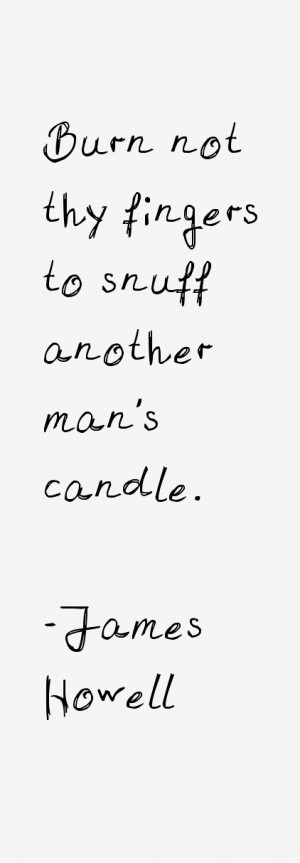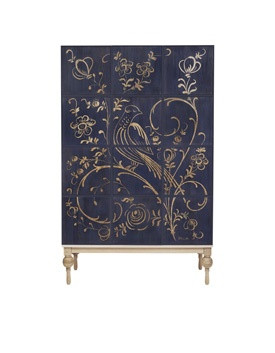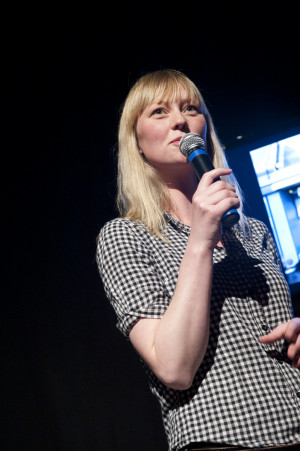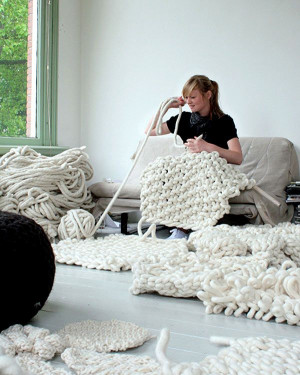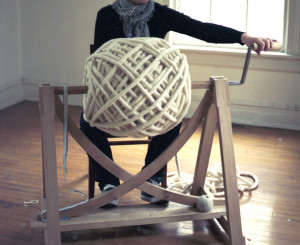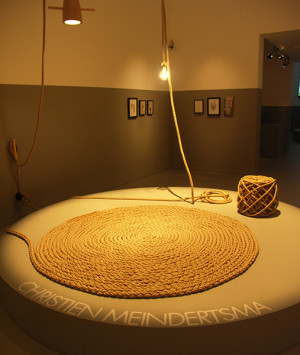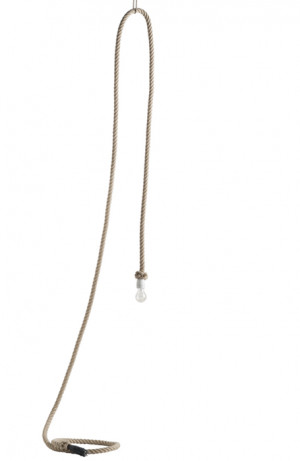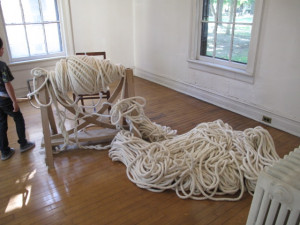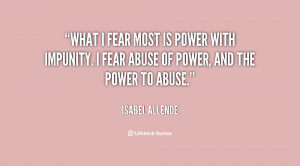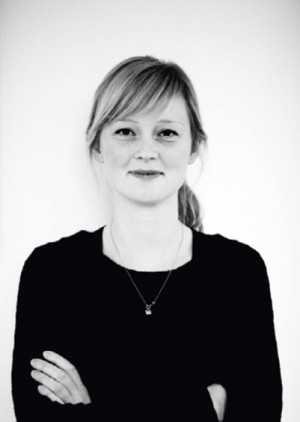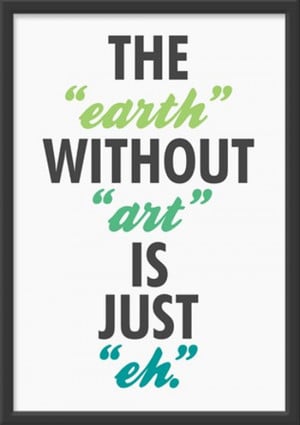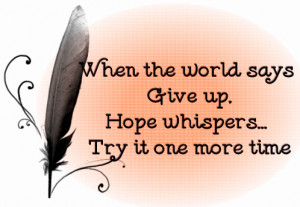Christien Meindertsma — Dutch Artist born on December 30, 1980,
Christien Meindertsma is a Dutch artist and designer... (wikipedia)
I bought a year's production of flax from a single field owned by a Dutch producer. That's 10,000 kilograms of flax, enough to enable industrial level production. Now, I'm weaving it into tablecloths, tea towels, and other items at the Textile Museum in Tilburg. I'm producing hundreds of grown-up products!
In the Netherlands - where I come from - you actually never see a pig, which is really strange, because, in a population of 16 million people, we have 12 million pigs. And well, of course, the Dutch can't eat all these pigs. They eat about one-third, and the rest is exported to all kinds of countries in Europe and the rest of the world.
In interior decorating, the pig's actually quite there. It's used in paint for the texture, but also for the glossiness. In sandpaper, bone glue is actually the glue between the sand and the paper. And then in paintbrushes, hairs are used because, apparently, they're very suitable for making paintbrushes because of their hard-wearing nature.





